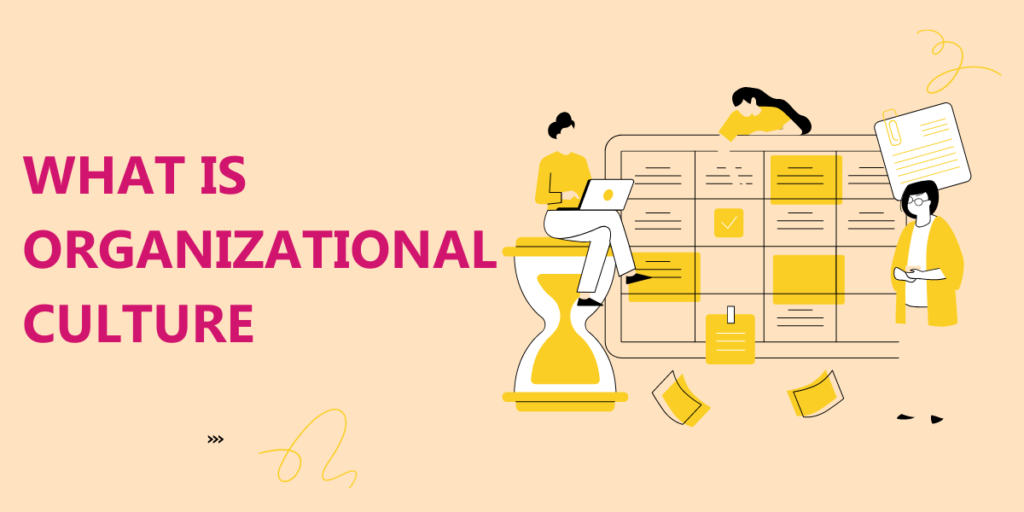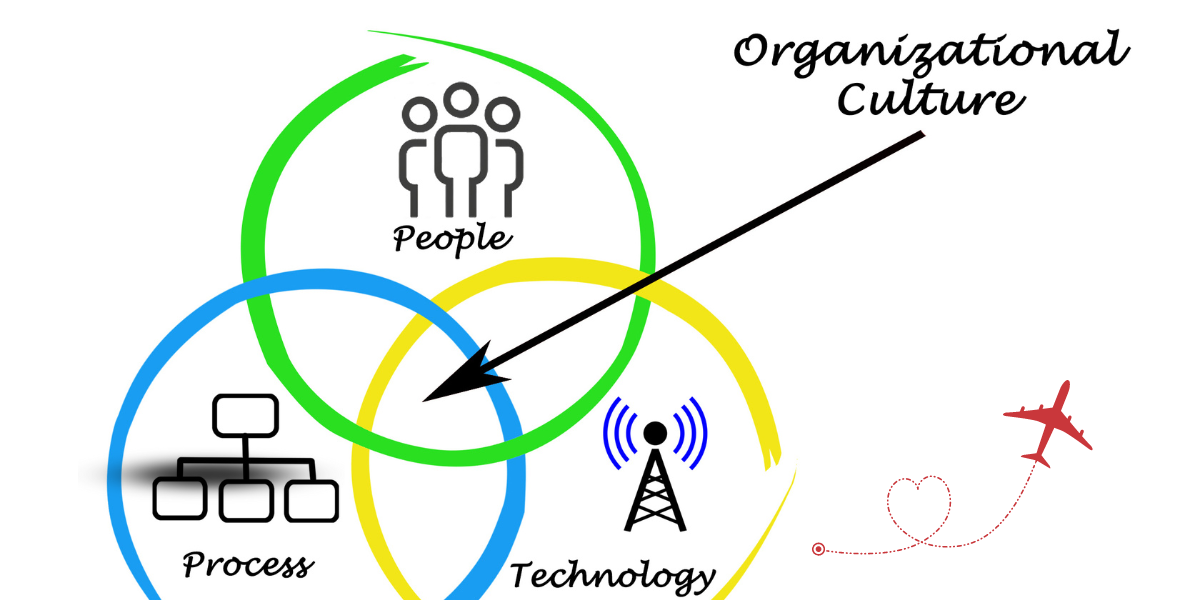what is organizational culture
Organizational culture is an essential aspect of any company or organization. It refers to the shared beliefs, values, and practices that shape how people behave and interact within an organization. The culture of an organization influences how employees perceive their work, how they interact with their colleagues, and how they approach their tasks. In this article, we will explore what organizational culture is, why it is important, and how it can be shaped.
Defining Organizational Culture
Organizational culture is a set of shared values, beliefs, behaviors, and practices that shape the way employees perceive their work and interact with each other. It is a complex concept that is difficult to define precisely, but it can be understood as the “personality” of an organization. Just like individuals have their unique personalities that determine how they behave and interact with others, organizations also have their personalities that shape their overall behavior and interaction with employees, clients, and stakeholders.
Organizational culture can be visible or invisible. Visible aspects of organizational culture include the physical environment, dress code, and symbols used by the organization, while invisible aspects include values, beliefs, and behaviors that are not readily observable. For example, an organization may have a dress code that requires employees to wear suits, which is a visible aspect of its culture. However, an organization may also have a strong value system that emphasizes collaboration and teamwork, which is an invisible aspect of its culture.

Why Organizational Culture Matters
Organizational culture matters because it influences how employees perceive their work and how they interact with their colleagues. A positive organizational culture can lead to increased employee morale, higher productivity, and improved job satisfaction. On the other hand, a negative organizational culture can lead to low morale, high turnover rates, and decreased productivity.
A strong organizational culture can also attract and retain top talent. Employees are more likely to stay with an organization if they feel a sense of belonging and connection to the organization’s values and mission. A positive organizational culture can also improve customer satisfaction and loyalty as it reflects in the quality of service delivery and product.
Creating and Shaping Organizational Culture
Organizational culture is not something that can be created overnight. It is the product of years of shared values, beliefs, and behaviors that have been established within What Is Organizational Culture. However, there are steps that organizations can take to shape their culture to align with their vision and goals.
The first step in shaping organizational culture is to define the values and mission of the organization. These values and mission should be communicated clearly to all employees and stakeholders. They should guide all decisions and actions within the organization.
The second step is to identify the existing culture of the organization. This can be done through surveys, interviews, and observation. Once the existing culture has been identified, it can be compared to the desired culture to identify gaps that need to be addressed.
The third step is to develop strategies to bridge the gap between the existing culture and the desired culture. This may involve changing policies, procedures, or communication channels. It may also involve introducing new training programs or incentives to reinforce desired behaviors and values.
The fourth step is to ensure that the desired culture is reflected in all aspects of the organization. This includes the physical environment, symbols, language, and behavior of employees at all levels.
Conclusion
Organizational culture is an important aspect of any organization. It shapes how employees perceive their work and how they interact with their colleagues. A positive organizational culture can lead to increased employee morale, higher productivity, and improved job satisfaction.
Creating and shaping organizational culture requires a concerted effort that involves defining values and mission, identifying existing culture, developing strategies to bridge the gap, and ensuring that the desired culture is reflected in all aspects of the organization.












